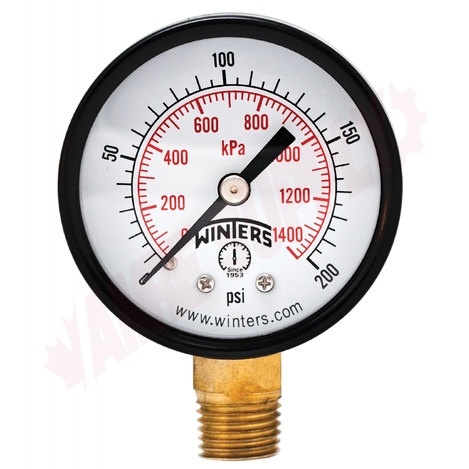

The sputtered films possess excellent mechanical stability and corrosion resistance at the high anodic potentials where oxygen evolution takes place. Thin films of iridium oxide deposited by reactive magnetron sputtering have been investigated as catalysts for electrochemical water splitting in a polymer electrolyte membrane (PEM) cell.

Beginning with an overview on high-pressure electrolyzers actually realized, an outlook on coming projects and future applications is given. The decreasing acceptance of air pollution improves the position of electrolysis. In total, the gained knowledge allows the design of this kind of electrolyzer for wherever its use is technically and economically attractive.

The single cell voltage measurement is explained. As measurement and control techniques are the backbone of the safety system, sensors and signal processing are briefly mentioned. Some of the material aspects are discussed. The material problems, like corrosion under extreme conditions, are solved up to now. For partial load operation, the normally increased hydrogen percentage in the produced oxygen has been stabilized by a special lye circulation control. The responses of the main system parameters during these simulations are described. Several operational concepts ranging from constant current long time tests over solar photovoltaic energy storage to subsecond compensation of power plant network fluctuations have been successfully simulated. Details of electrolyser operation coupled to a PV array along with modelling work to match current–voltage characteristics of the electrolyser and PV system are described.Īfter more than 5000 h of operation of the 100-kW-Pilot-Electrolyzer developed by the Gesellschaft für Hochleistungselektrolyseure zur Wasserstofferzeugung mbH (GHW), the experience accumulated so far allows for the scale up to the Megawatt size of this high pressure electrolysis. The principle and practicality of direct coupling of a suitably matched PV array and PEM electrolyser have been successfully demonstrated. The integrated system has been operated for approximately 60 days over a 4-month period from September 2007 to January 2008 with many periods of unattended operation for multiple days, experiencing weather ranging from hot and sunny (above 40 ☌) to cool and cloudy. The PV system is a 2.4 kW array (20.4 m2 total area) comprising 30, 12 V, 80 W, Solarex polycrystalline modules in a series–parallel configuration. A control system in the electrolyser unit provides for disconnection when required and for auto-start in the morning and auto shut-down at night, simultaneously addressing the goals of minimum energy loss and maximum safety. The electrolyser is designed for fail-safe operation with multiple levels of safety and operational redundancy. Such direct coupling with minimum interfacing electronics would lead to substantial cost reduction and thereby enhance the economic viability of solar-hydrogen systems. This paper examines direct coupling of a polymer electrolyte membrane (PEM) electrolyser to a matched solar photovoltaic (PV) source for hydrogen generation and storage. It is particularly advantageous if an electrolyser may be simply and efficiently coupled to a source of renewable electrical energy. Hydrogen is a flexible storage medium and can be generated by the electrolysis of water. Hydrogen as an energy currency, carrier and storage medium may be a key component of the solution to problems of global warming, poor air quality and dwindling reserves of liquid hydrocarbon fuels. If grid-coupled, this system (without PV array) would provide high-quality backup power to critical systems such as telecommunications and medical facilities. When integrated with a photovoltaic array, this type of system is expected to provide reliable, environmentally benign power to remote installations. Testing goals included general system feasibility, characterization of the electrolyzer performance (target was sustainable 1.0 A/cm2 at 2.0 V per cell), performance of the electrolyzer as a compressor, and evaluation of the system for direct-coupled use with a PV array. A prototype system was constructed, including an experimental PEM electrolyzer and combined gas/water storage tanks. The system operates in a closed water loop. Such a system was designed, including a proton-exchange membrane (PEM) electrolyzer, high-pressure hydrogen and oxygen storage, and a PEM fuel cell. An electrolyzer/fuel cell energy storage system is a promising alternative to batteries for storing energy from solar electric power systems.


 0 kommentar(er)
0 kommentar(er)
